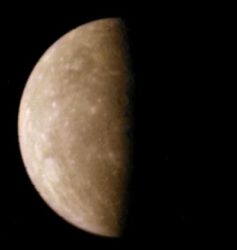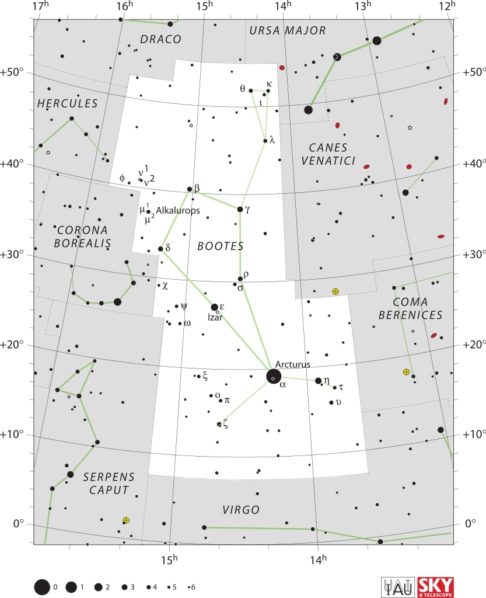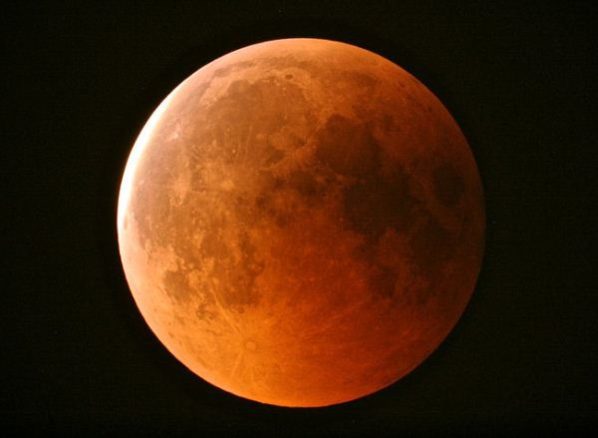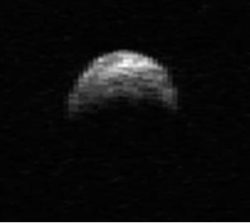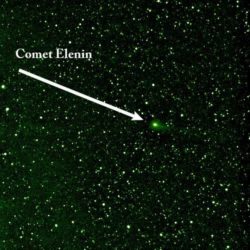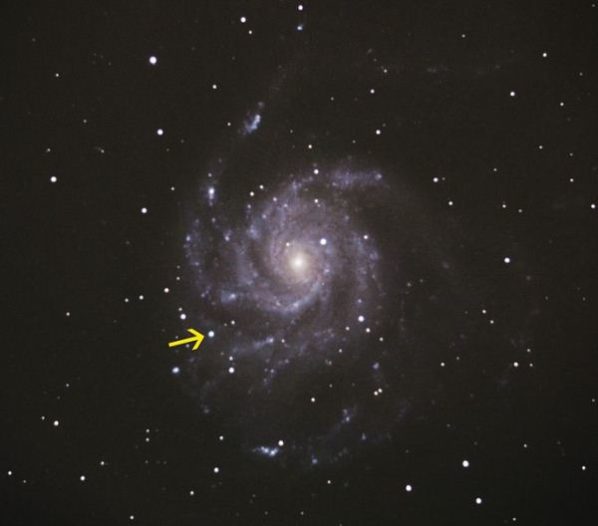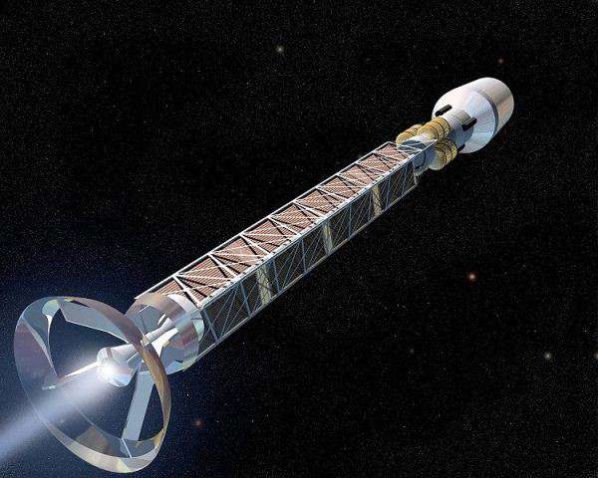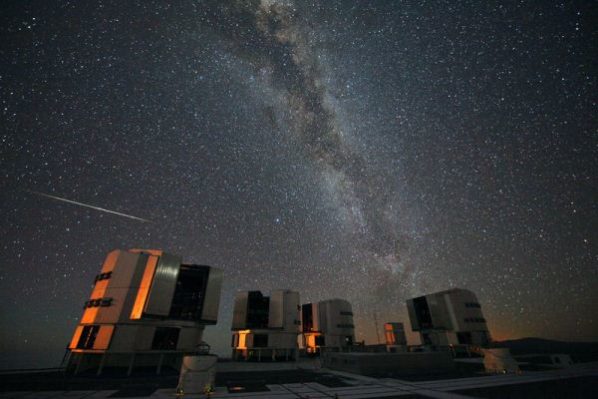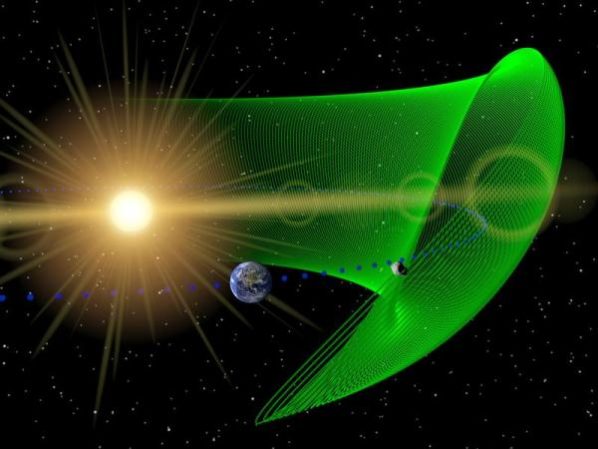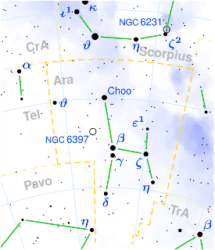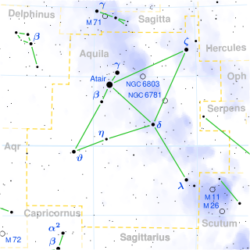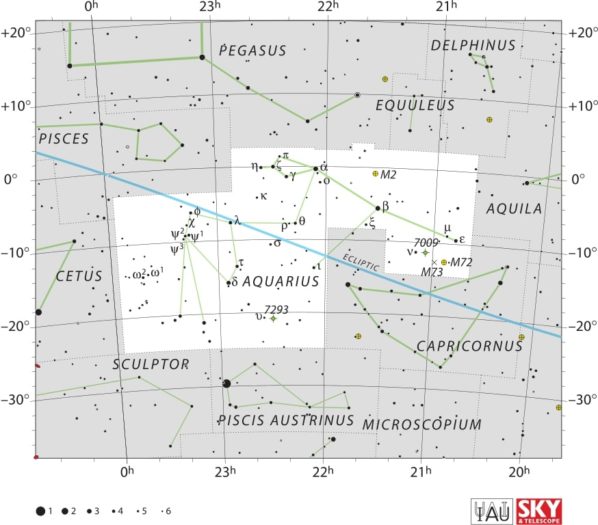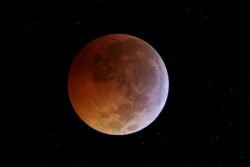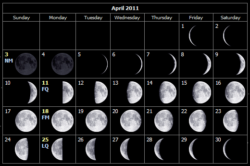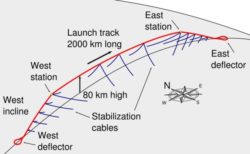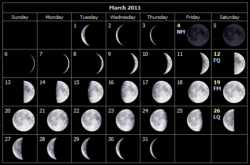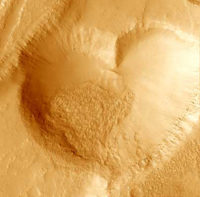Monthly Stargazing Calendar for February 2012
The best chance to see Mercury will be from February 20 to March 12. The planet will, from our point of view, have moved far enough from the Sun's glare to be visible shortly after sunset. Mercury will reach greatest elongation from the Sun on March 5, reaching a relatively bright magnitude of about -1.
Monthly Stargazing Calendar for January 2012
On the night of January 3 to 4 the Quadrantids meteor shower will peak. It is an above average shower, with up to 40 meteors per hour at the peak. The near first quarter moon will interfere with the show a little at first, but it will set shortly after midnight, leaving dark skies for what would then be a good show.
Monthly Stargazing Calendar for December 2011
On December 10 we will witness a total lunar eclipse. The best viewing location will be in the Asia-Pacific region, but the eclipse will still be visible throughout most of Europe, eastern Africa, Asia, Australia, the Pacific Ocean, and North America. Unfortunately the eclipse will not be visible in South America.
Monthly Stargazing Calendar for November 2011
This month we are expecting the flyby of Asteroid 2005 YU55. On November 8th, it will make a close approach to the Earth at 0.85 lunar distances. It has a diameter of about 400 meters so unfortunately it is too small to be visible to the naked eye.
Monthly Stargazing Calendar for October 2011
This month we were expecting to see a close approach of the comet Elenin. Unfortunately, the comet has recently lost in brightness and it seems that it is breaking up. Even these news haven't stopped all that doomsday nonsense in the blogosphere about this comet crashing into the Earth…
Monthly Stargazing Calendar for September 2011
This month you can witness a supernova with just binoculars or a small telescope. The supernova is called SN 2011fe and has been discovered by astronomers on August 24 within hours of its explosion. It is located within the Messier 101 galaxy 23 million light-years away in the constellation of Ursa Major.
Antimatter Discovered Around Earth
A ring of antimatter, more specifically antiprotons, has been recently discovered around the Earth. Since antiprotons are charged sub-atomic particles, they are confined by the planet's magnetic field lines.
Monthly Stargazing Calendar for August 2011
This month on the 12 and 13 the Perseids Meteor Shower will peak. It is one of the best meteor showers to observe because it can produce up to 60 meteors per hour at the peak. You may also be able to see some meteors any time from July 23 to August 22.
Earth’s First Trojan Asteroid discovered by NASA’s WISE
NASA's WISE mission discovered asteroid 2010 TK7, an Earth Trojan, in a stable orbit around a Lagrangian point, possibly a future space destination.
Ara Constellation
Explore the Ara constellation with its mythological roots, notable stars like Beta Arae, a star with planets, and fascinating deep-sky objects.
Aquila Constellation
Discover Aquila, the eagle, in Greek mythology. Explore its notable stars like Altair and Alshain, as well as intriguing deep-sky objects.
Monthly Stargazing Calendar for July 2011
On the night of July 28 and 29 the Delta Aquarids will peak and we can expect about 20 meteors per hour that night. Some meteors can also be seen from July 18 to August 18. The meteor shower will seem to radiate from the constellation of Aquarius. This year the thin, crescent moon will be close to the meteor shower, but its light shouldn't interfere too much. The best viewing is usually to the east after midnight from a dark location.
Aquarius Constellation
Explore the constellation Aquarius, the water-bearer. Discover its mythology, notable stars like Gliese 876, and captivating deep-sky objects like Messier 2.
What to Do When Your WordPress Update Failed [Tutorial]
Yesterday when I was updating one of my WordPress blogs the automatic update failed and was stuck in maintenance mode. What to do when this happens? First of all, don’t panic! Your blog is not lost for ever, or anything like that. Even if you haven’t backed up your blog’s files and its database (like recommended by WordPress), it is still possible to fix the update fail issue in a few easy steps. Of course if you had backed up your files and database then you could simply restore them and try an automatic update again. In fact some web hosts will regularly backup everything for you. They also have…
Monthly Stargazing Calendar for June 2011
On June 15 there will be a total lunar eclipse which will be visible throughout most of South America, Europe, Africa, Asia, and Australia. Unfortunately it will not be visible in North America. Here is a map with the exact areas where the lunar eclipse can be witnessed…
Monthly Stargazing Calendar for April 2011
The Lyrids are an average meteor shower with about 20 meteors per hour at their peak on April 21 and 22. These meteors can produce bright dust trails that last for several seconds. The shower is most spectacular during the peak on April 21 and 22, but some meteors can still be spotted from April 16 to 25. The meteors will be radiating from the constellation of Lyra after midnight.
Non-Rocket Spacelaunch – Advantages and Difficulties of a Launch Loop
Unlike conventional rockets, launch loops can have many launches per hour, independent of weather, and are not inherently polluting. Rockets create pollution such as nitrates in their exhausts due to high exhaust temperature, and can also create greenhouse gases depending on propellant choices. Launch loops require power in the form of electricity and as such it can be clean.
Monthly Stargazing Calendar for March 2011
This month, on the 20th, an equinox will occur. The Sun will shine directly on the equator and there will be nearly equal amounts of day and night throughout the world.
Cosmic Hearts
I hope you all had a happy Valentine's Day! :) Here are some pictures of cosmic hearts: A heart-shaped crater on Mars captured by the Mars Orbiter Camera onboard the Mars Global Surveyor. A heart-shaped Nebula, called W5, located 6000 light years away in the constellation of Cassiopeia.
Non-Rocket Spacelaunch – Launch Loop
A launch loop (also known as a Lofstrom loop) is a proposed design for a very efficient non-rocket spacelaunch method. It is a much simpler concept than the space elevator, but still more complex than tether propulsion systems such as the rotovator.

